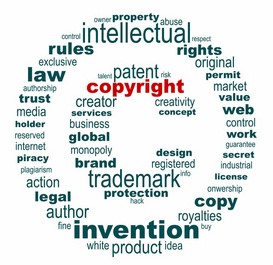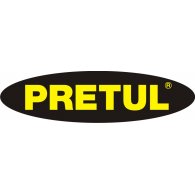What the latest OEM ruling means for trademark owners
Whether the products of an OEM (original equipment manufacturer) constitute the use of a trademark in China has been under debate ever since foreign brands began riding on the country’s manufacturing boom. On November 26 2015, the Supreme People’s Court (SPC) landed a particularly important decision, holding that an OEM manufacturing and exporting goods bearing the trademark “PRETUL” was not in infringement, since they were destined for shipment back to its overseas customer, who was located, and had registered this trademark, in Mexico. While important arguments were addressed, it is uncertain whether this actually puts an end to the controversy over OEMs’ exported products and trademarks.
The latest PRC Trademark Law (3rd Revision) went into effect in 2014 and the previous amendment was issued in 2001. Article 3.1 of both versions provide that “Trademarks approved for registration by the Trademark Office, including trademarks for goods, trademarks for services, collective marks and certification marks, are registered trademarks. Trademark registrants shall have the exclusive right to use a trademark and shall receive legal protection.” The SPC’s PRETUL decision clearly shows that this “exclusive right” to a trademark at least excludes OEM.
A brief history of OEM
The SPC’s conclusion is in line with the much earlier Beijing Municipal Higher People’s Court, Answers to Several Issues Concerning the Trial of Civil Trademark Dispute Cases (2004 Answers) of February 18 2004, which identified confusion and mistakes as pre-conditions to trademark infringement. The Beijing court ruled that OEM goods should not be recognized as infringement because they are not released for sale in the domestic market and therefore cannot cause confusion to the public.
Going back further, contrary to the 2004 Answers, the 2001 Trademark Law did not make either “domestic sale” or “confusion caused to consumers” a necessary element of trademark infringement. Article 52.1 of the 2001 Trademark Law declares an infringement if there is, among others, “use of a trademark the same or similar to a trademark registered in respect of the same or similar goods without the authorization of its proprietor”. In fact, in the December 10 2002 NIKE case heard by the Shenzhen Intermediate People’s Court, the defendant was charged with infringement for manufacturing and exporting OEM goods bearing the trademark NIKE to Spain, even though the mark was registered in Spain by the licensor of the consignee. The court held that because a trademark registration only afforded local territorial protection, the defendant was not authorized to use the NIKE mark registered in China by the plaintiff who had the exclusive right to that trademark in China.
In 2006, the Beijing court amended its 2004 Answers by removing the “confusion and mistake” requirement. Despite the update, various courts continued to give inconsistent judgments.
The 2009 financial crisis hurt the Chinese economy considerably. On April 21 2009, the SPC was quick to issue the Supreme People’s Court, Opinion on Several Issues Concerning the Serving of the Main Objective When Handling Intellectual Property Trials in View of the Current Economic Situation (最高人民法院关于当前经济形势下知识产权审判服务大局若干问题的意见) (Opinion), which was aimed at growth, stability and economic development. OEM was one of the issues put forward as a result of the numerous infringement disputes. The Opinion points out that whether the manufacturer has undertaken due diligence is a key consideration in determining his share of liability. It did not clarify what this really means, but the “due diligence” principle can be referred to in the 2006 Answers, which clearly state that the manufacturer will be deemed to be in infringement if he fails to conduct due diligence to verify that the OEM principal entrusting him with the manufacture is the owner of the trademark. Therefore, it has generally been understood that there is no infringement if the trademark is registered in the destination country and the manufacturer is in possession of the relevant registration documents.
A convoluted track record
Although more and more courts have held that OEM does not constitute trademark infringement since the Opinion was issued, there was still no uniform standard. The main arguments in support of OEM not being use of a trademark are the following:
This premium content is reserved for
China Law & Practice Subscribers.
A Premium Subscription Provides:
- A database of over 3,000 essential documents including key PRC legislation translated into English
- A choice of newsletters to alert you to changes affecting your business including sector specific updates
- Premium access to the mobile optimized site for timely analysis that guides you through China's ever-changing business environment
For enterprise-wide or corporate enquiries, please contact our experienced Sales Professionals at +44 (0)203 868 7546 or [email protected].
more from this sector
-
-
-

2023 Annual Review of Dispute Resolution in China
February 14, 2024 -

China’s IP Developments in 2023 and Beyond
January 22, 2024 -




